We speak to Dale Yeo, one of the three founders behind Hong Kong based interior design firm, Yeo Studio.

June 25th, 2015
For as long as he can remember, Australian born architect and designer, Dale Yeo has always been fascinated by buildings and interiors, historically and aesthetically. Becoming a designer was a natural course for him – he has always been intrigued by the “intrinsic cultural relationship” between people and the buildings they inhabit.
With an extensive design career that spans 20 years across various parts of the world – Australia, United Kingdom, Thailand, China and Hong Kong, Yeo is well verse in sectors of hospitality, private health, retail, workplace and residential design. After spending more than a decade of his career at DWP and Woods Bagot, Dale Yeo founded Yeo Studio in 2013 with two other partners, My Tien Nguyen and Darren Iloste.
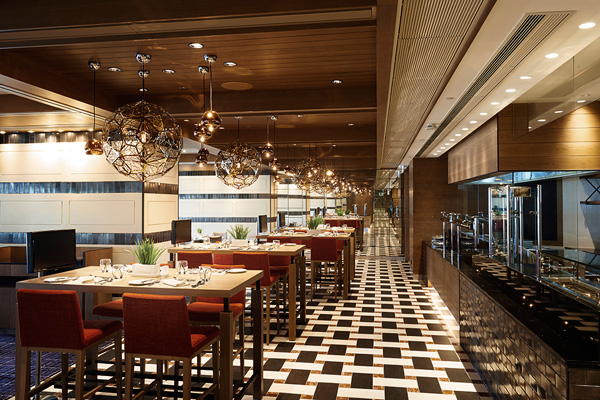
Young Members Box for The Hong Kong Jockey Club at Shatin Racecourse. Photo: Dio @ Dio Workshop
As studio director and leader of hospitality projects in Yeo Studio, Dale Yeo distills complex client briefs to create functional and experiential destinations that incorporate hospitality as a core focus. Yeo’s hands-on approach is largely seen across the studio’s recently completed member spaces for the Hong Kong Jockey Club, as well as an office space for LORD Asia. The designer tells some time off and tells us more about his practice.
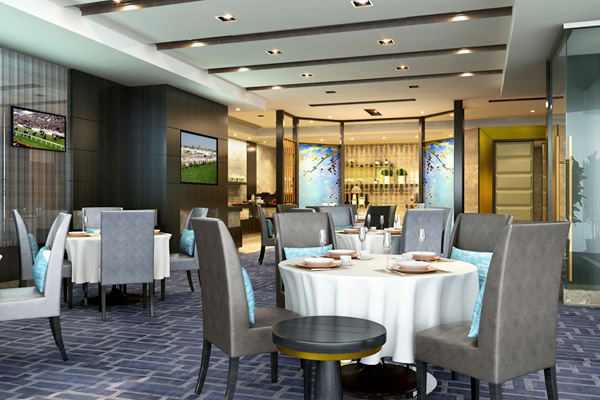
The Monopoly for The Hong Kong Jockey Club at Shatin Racecourse. Photo: Dio @ Dio Workshop
Hi Dale, what have you been up to of late?
We have been busy lately with 2015 renovation works for the Hong Kong Jockey Club, which is about to go on site. We are also working on office projects for a bank and an insurance company, as well as a concourse feature at Studio City in Macao.
Sounds like there is a lot on your plate. What is a day in practice like for you?
When I established Yeo Studio, it was with a vision of working partners coming together and I am happy that we have achieved that culture and dynamism. I like to encourage an open dialogue and connection with our clients, and each other. Our practice benefits from that.
A “personal, hands on approach” is at the heart of the work produced at Yeo Studio, why is that important?
It is important for us to be there for our clients. Our projects are all led by a practice partner from start to finish. Being a compact team means that this is practical as well as an ideal [way] to work by. For us, being hands-on means a constructive, interactive process with our clients.
The Hong Kong Jockey Club project is an example of this. We are all involved in design and documentation. Delivery of a project is as important as the concept. We believe in having a committed presence on site and building strong relationships with contractors.
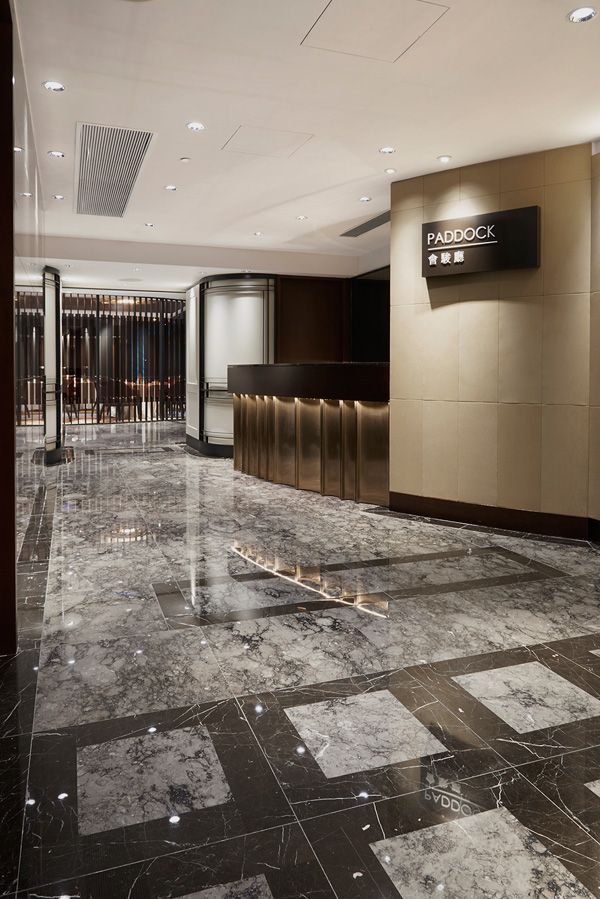
The Paddock for The Hong Kong Jockey Club at Shatin Racecourse. Photo: Dio @ Dio Workshop
What is the Yeo Studio design process? What is your favorite part of the process?
Getting to the heart of the objectives and problems is where the best solutions can be found. My favourite part is often bringing together disparate requirements into an elegant solution.
What happens when you hit a ‘creative block’ in the process?
Sometimes a solution just has to incubate for awhile. I love history and travel – they both influence me greatly.
What has been your most memorable moment as a designer so far?
There has been many, although the experience of Peter Zumthor’s spa in Vals fifteen years ago still sticks in my mind – a great space has soul, which resonates with you.
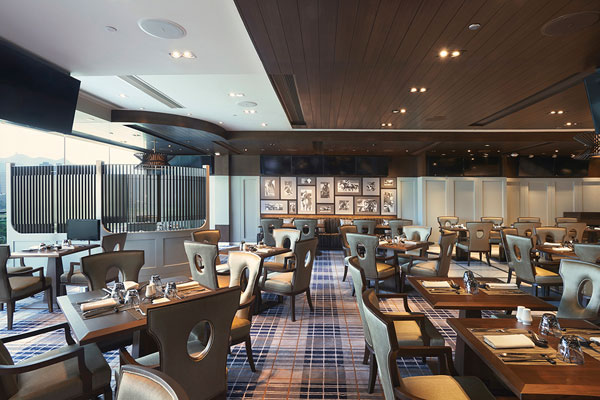
The Racing Club for The Hong Kong Jockey Club at Shatin Racecourse. Photo: Dio @ Dio Workshop
What is the studio culture like at Yeo Studio?
We’re a team of friends and we’re in it together. Its a great feeling. There are six of us and we’re lucky to have a light filled space with views of the city where our office is simple and comfortable.
Having worked in multiple parts of the world, what are your thoughts on the design culture in Hong Kong – how is design perceived by the general public?
There is a progressive, can-do culture in Hong Kong. I am not sure about the general public’s perception, although the city is clearly about modernity. That said, there is a growing appreciation for the value of conservation. I think there is real potential for intelligent and progressive forms of adaptive reuse to evolve here.
Yeo Studio
www.yeostudio.com.hk
INDESIGN is on instagram
Follow @indesignlive
A searchable and comprehensive guide for specifying leading products and their suppliers
Keep up to date with the latest and greatest from our industry BFF's!
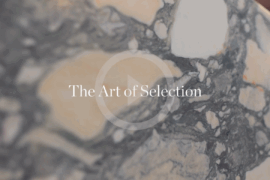
CDK Stone’s Natasha Stengos takes us through its Alexandria Selection Centre, where stone choice becomes a sensory experience – from curated spaces, crafted details and a colour-organised selection floor.
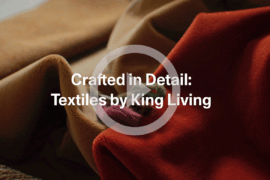
For a closer look behind the creative process, watch this video interview with Sebastian Nash, where he explores the making of King Living’s textile range – from fibre choices to design intent.

London-based design duo Raw Edges have joined forces with Established & Sons and Tongue & Groove to introduce Wall to Wall – a hand-stained, “living collection” that transforms parquet flooring into a canvas of colour, pattern, and possibility.
The internet never sleeps! Here's the stuff you might have missed

Former INDE Luminary LeAmon joins the Design Institute of Australia (DIA) following more than a decade as the inaugural Curator of Contemporary Design and Architecture at the National Gallery of Victoria (NGV).
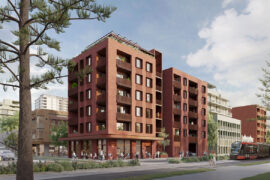
The Minns Labor Government has unveiled nine new architect-designed mid-rise apartment patterns, expanding the NSW Housing Pattern Book and accelerating the delivery of accessible, high-quality housing across the state.